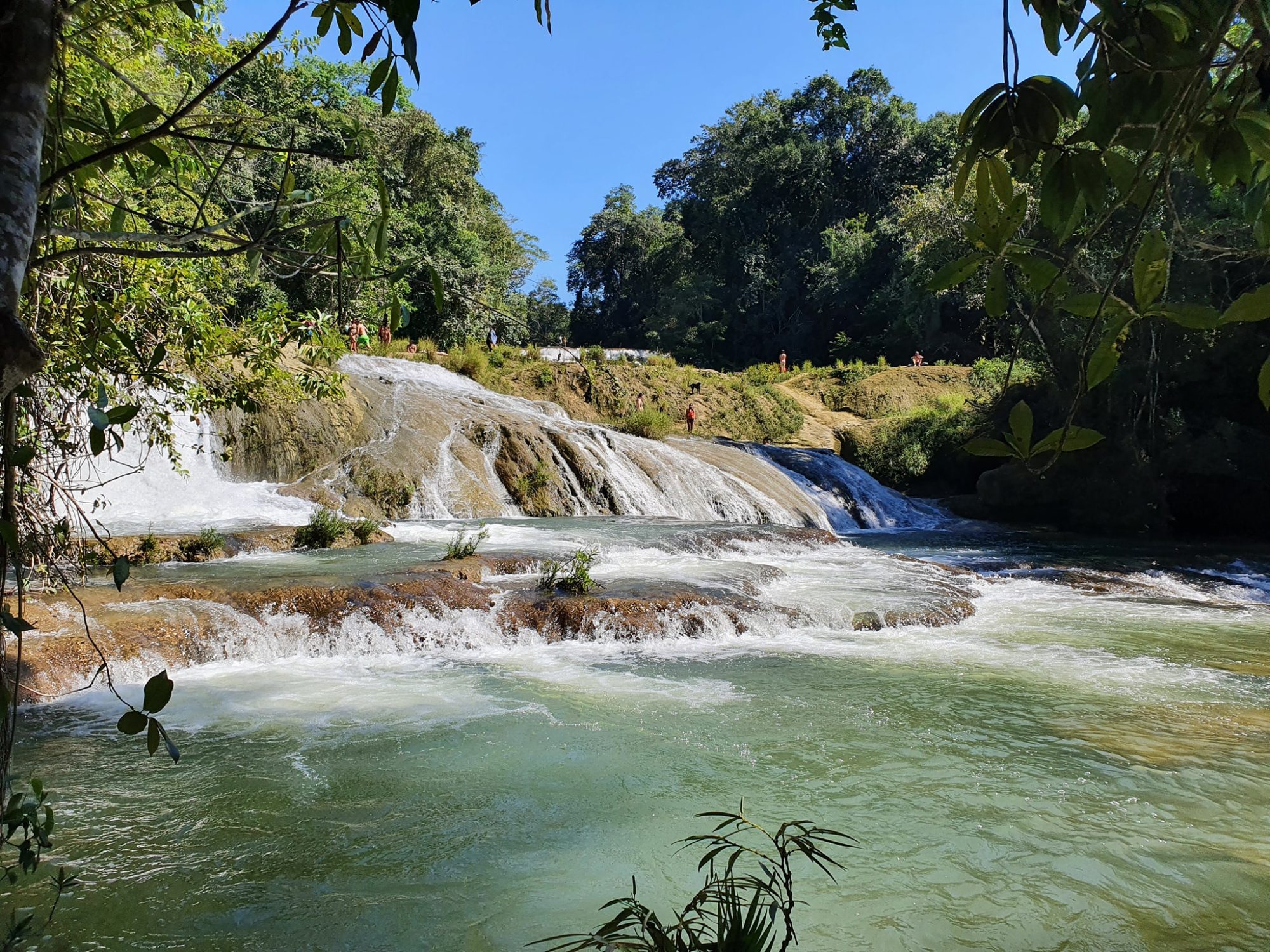Continuing my previous post about the travels that led me to choose Mexico as a place to live off-grid, our adventure in Chiapas took us to Naha, an indigenous village located deep in the Lacandon jungle. During my research prior to our trip to this remote paradise, I found out that its inhabitants were descendants of a group of Mayans who refused to bow down to the colonial invading forces and fled into the jungle, where they remained isolated from the rest of the world until the early 1940s. They are known as the Lacandones, or Lacandon people and call themselves “hach winik” which means real people in Mayan. They have kept all their traditions and way of life intact, although they have gradually been integrating some of the comforts of modern life, such as electricity and running water.
We wanted to book a Balché ritual experience with their 103-year-old shaman. I really wanted to meet him. Imagine what this man has lived through in his life! Sadly, he was not feeling well due to the death of another Lacandon in the village, who died at 107 years old. Living past 100 years old is very common with the Lacandon people.
We were very well received at Naha and stayed in a spacious jungle cabin. At night, it felt even more remote. Dogs barking could be heard from miles away, and there were fireflies everywhere. There was something magic about this place and its people, forgotten by the rest of the world.
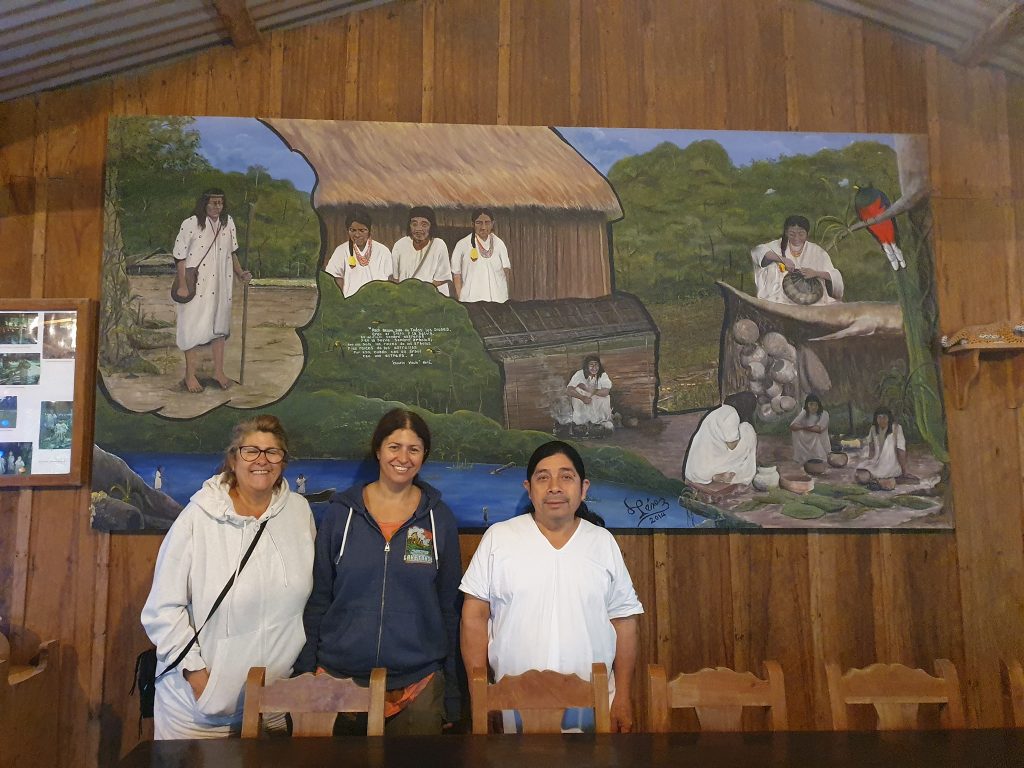
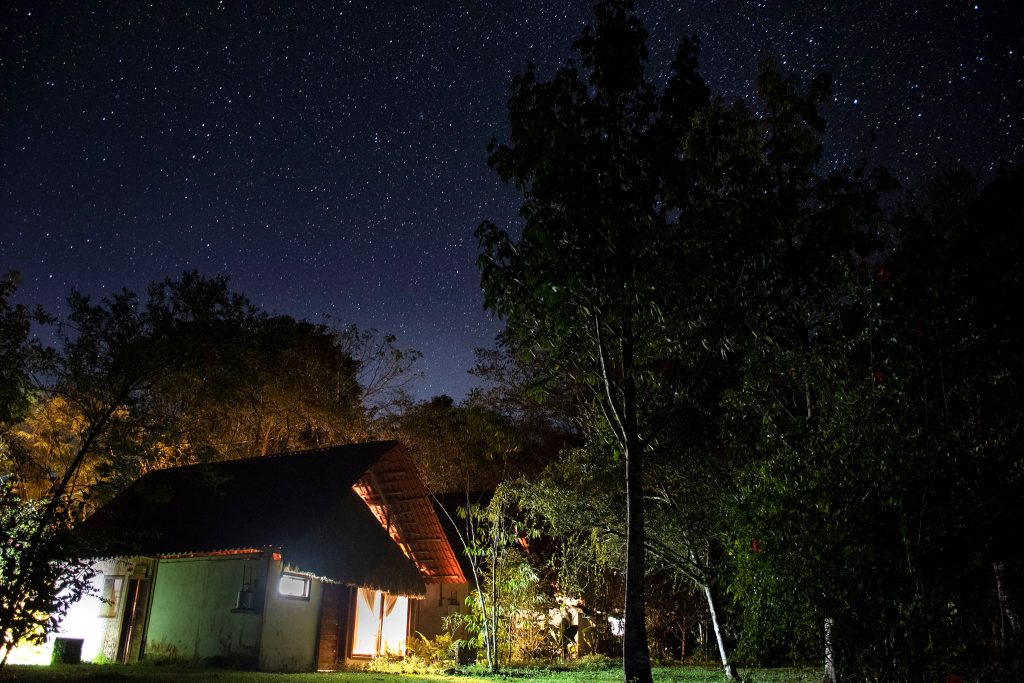
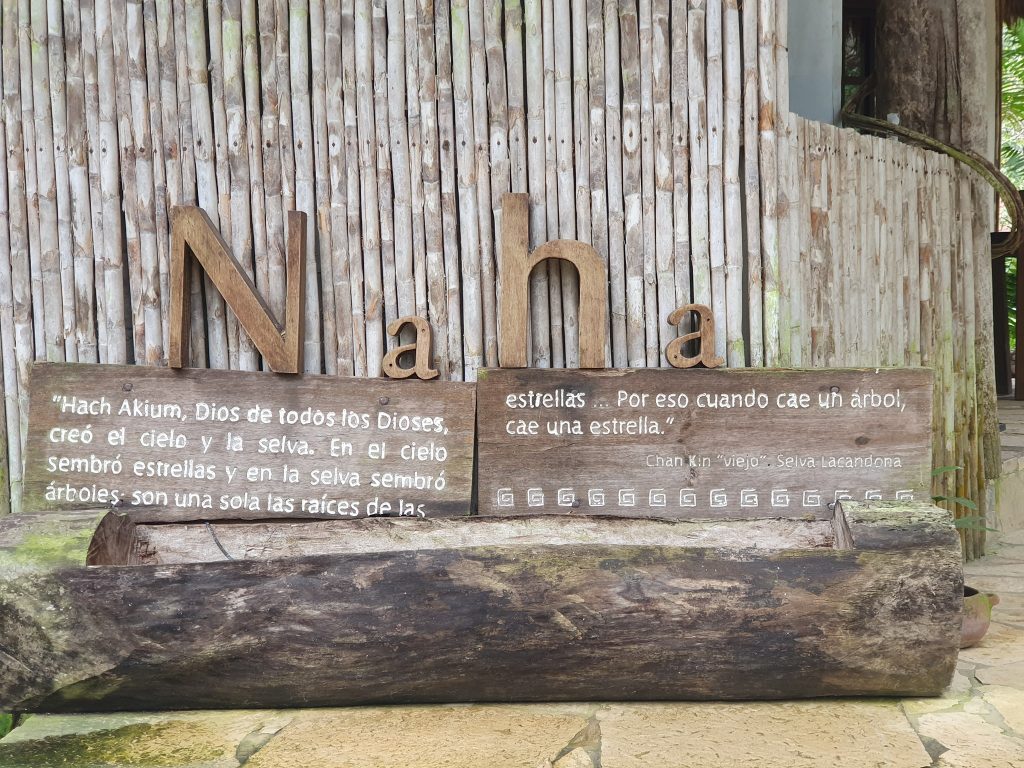
We then continued to Campamento Lacandon, near the Bonampak ruins, another long drive on the dirt road and this time it was raining. The name of the nearby village on Google Maps is Champa, but when I mentioned it to some of the locals, they’d never heard the name before. That’s the thing about Google Maps, where I’ve been so far in Mexico, it’s not very accurate. The name of the place is actually Lacanja or Campamento Lacandon.
We stayed at the Top Che jungle lodge and loved it. Kin Enrique and his family were very welcoming. We booked a trek into the jungle and nearby waterfalls. The path went deep into the jungle, and we walked quite far. When we arrived at the waterfalls, there was a souvenir stand with items hand made by the Lacandones – of all places, in the middle of b*m f*ck nowhere! I asked how they got there with all that stuff, and our friendly guide told us they haul everything on foot, there would be no other way. I thought that was fascinating. What endurance and determination! Of course, I had to buy something.
The next day we went to Bonampak ruins, best known for their very well-preserved Mayan art murals, a must-visit for anyone interested in Mayan art and history. We took a privately guided tour, but unfortunately the chamber with the paintings was closed off, although we managed to peep in and take some great photos.
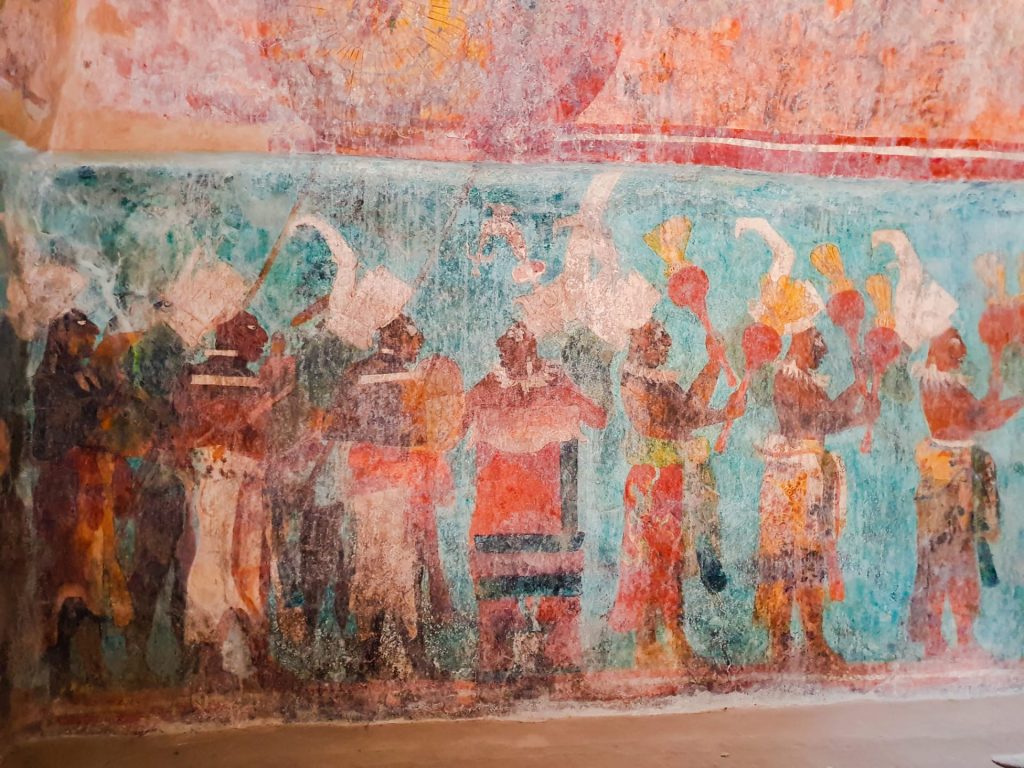
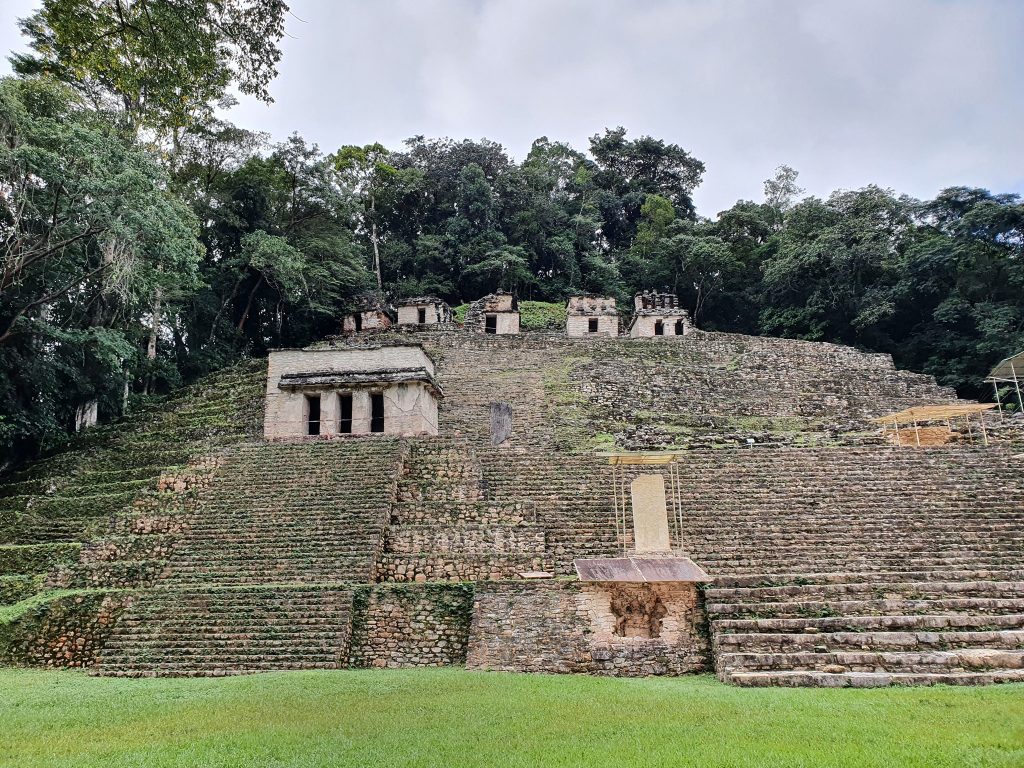
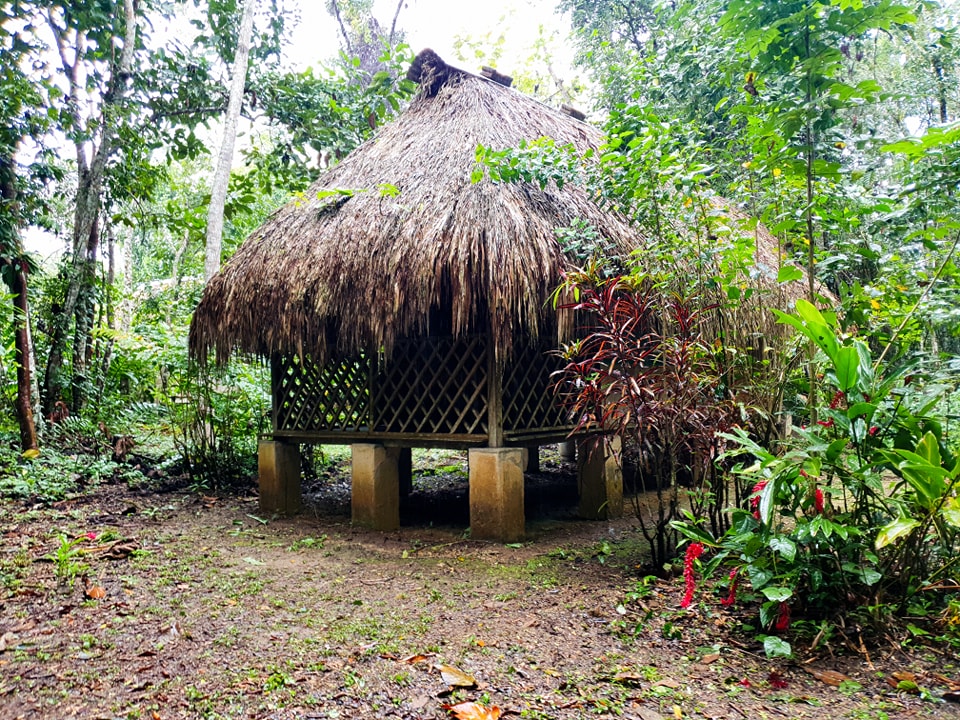
When we left Bonampak we took the main road to Palenque and stopped at Roberto Barrios falls along the way. We were told these were even more beautiful than Agua Azul. To get there, we had to enter Zapatista rebel territory and pay a couple of tolls, as with most places here. One to access the road, and the other to access the falls. While Agua Azul was practically empty of tourists, Roberto Barrios was packed. It was so crowded that you could barely walk around without bumping into someone. In every nook and cranny along the waterfalls there were people engaging in selfie photoshoots, sunbathing or just enjoying the views. The falls were beautiful, but there was no infrastructure except for a single restaurant nearby, and the paths were difficult to walk on and somewhat overgrown. It was more wild, which I generally tend to prefer, but not when it’s as crowded as this. Granted, there were no street vendors in Roberto Barrios, but I think they added to the charm of Agua Azul.
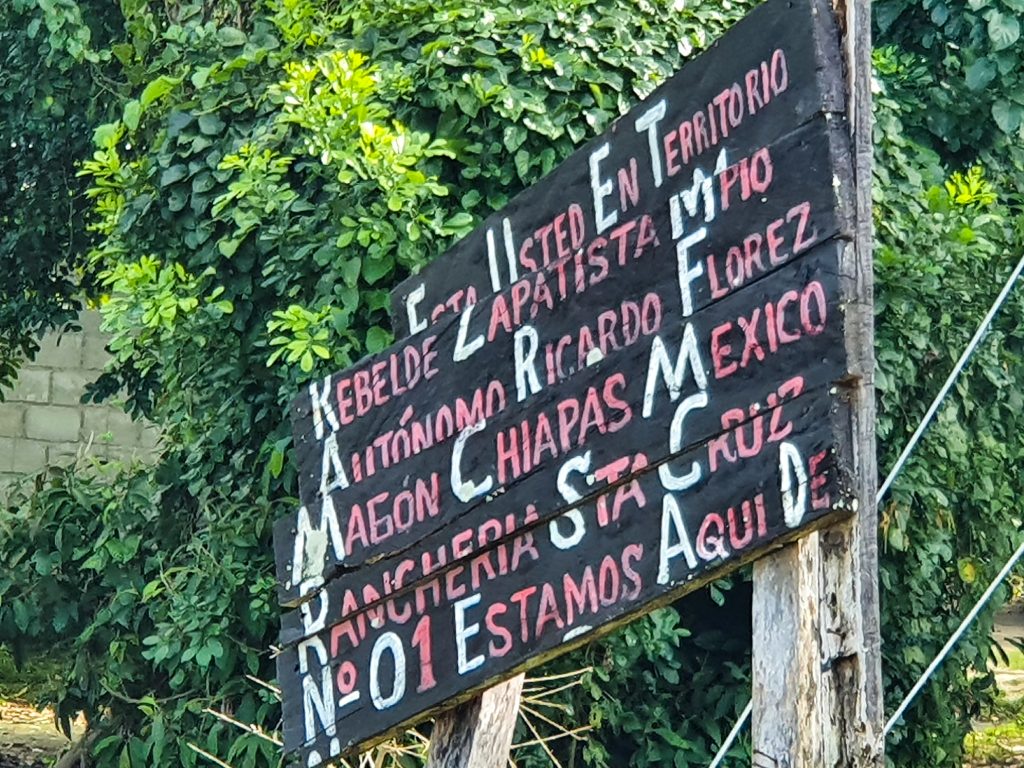

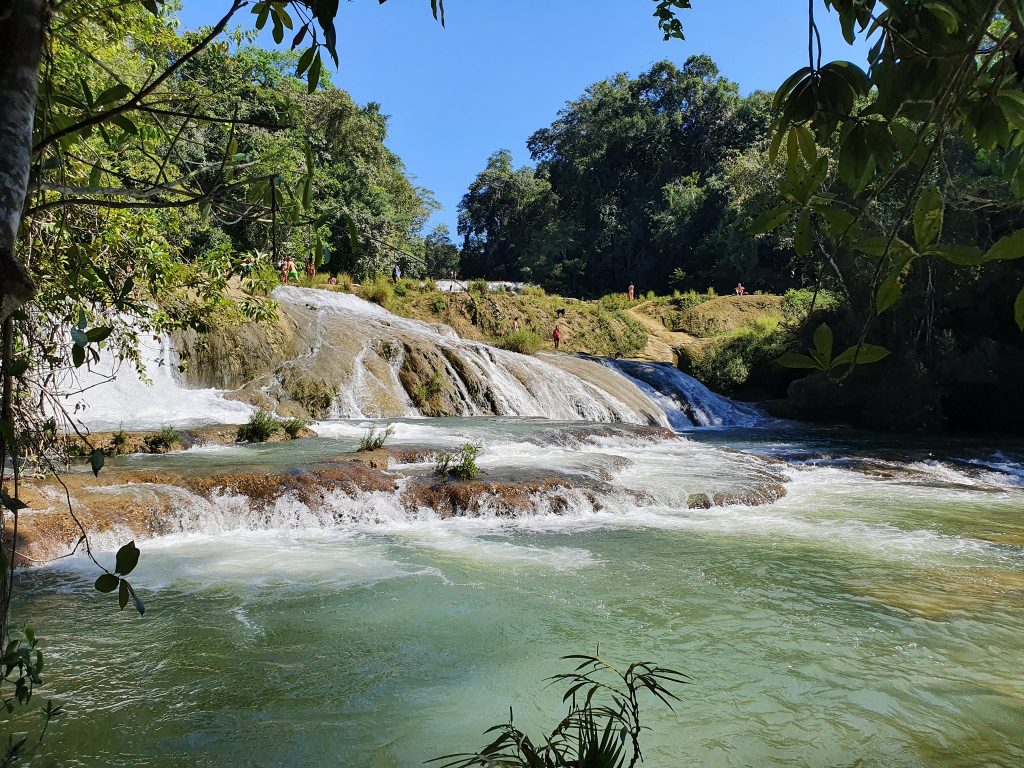
We arrived in Palenque in the early evening. I was just taking everything in, no time for inner reflections or delving into my plan to move off-grid. We stayed at Hotel La Aldea del Halach Huinic for one night and I regretted that we didn’t have more time to explore the ruins there as the complex is huge and still has so much to be discovered. The next day we were in a bit of a rush when we visited the Palenque ruins as had to get back to San Cristobal de las Casas by early evening. Yes, it was a bit overkill with all the driving. There was another route via Comitan de Dominguez, but there were lots of roadblocks with sellers along the way, and it was a narrow mountain road, so it would have taken us just as long. In total, we drove approximately 1300 kilometres in two weeks.

We arrived at San Cristobal de las Casas that evening. It was quite chilly due to it being so high up in the mountain. The following day, our eyes feasted on the incredible diversity of the place. I’d heard so much about San Cristobal and decided last minute, after being persuaded by my sister, that we should at least stop by on our last night to see what the fuss was all about. I’m so glad we did.
The whole town was full of natives from different tribes in all their beautiful, colourful regalia, walking together as families. The handicraft market was huge and simply incredible. I wanted to stay there forever and just spend hours in each stall to look at the colourful, and intricate designs of their handmade weaving and embroidery. My mind was blown. No wonder so many artists come to San Cristobal, it really is an inspiring city. The food market was also very impressive. It was huge and sold a diverse array of fruit, veg, meat, fish, herbs, houseplants, and household sundries. I was gobsmacked. The nightlife was also vibrant, with lots of cafés with outdoor seating and live music. I also found a music shop which sold CDs of local and non-local music. I hadn’t seen a music shop selling new CD releases in years! That stuff just doesn’t exist any more… I would have bought half the shop but decided on some Mariachi and Marimba music after a long time browsing – there was so much to discover. Such a pity we only stayed one night. San Cristobal is by far the most culturally rich city I have ever visited. I also regretted not arriving in Chiapas a couple of days earlier to visit the Fiesta Grande de Chiapa del Corzo.

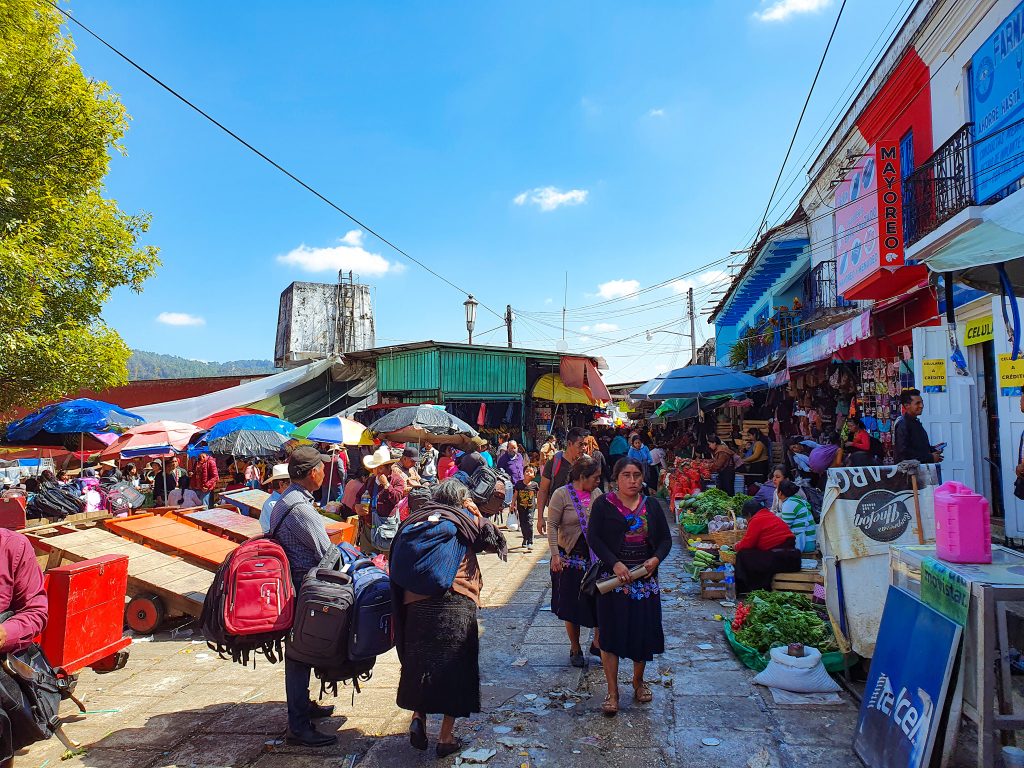
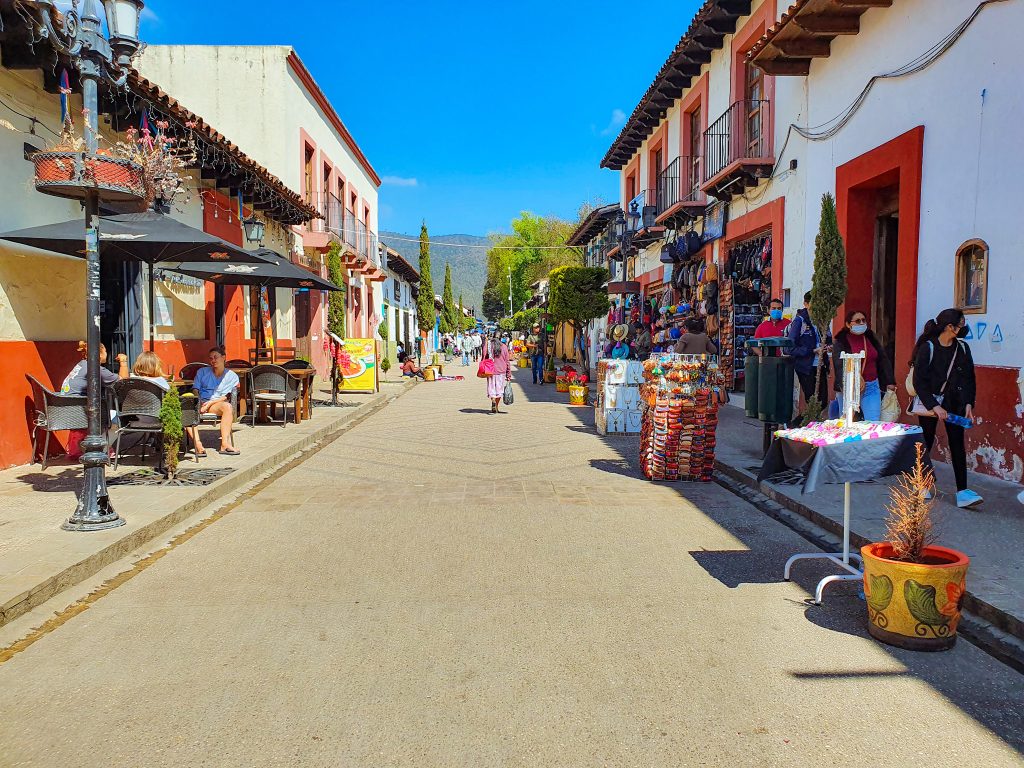
Stay tuned for my next updates by subscribing to the mailing list.
